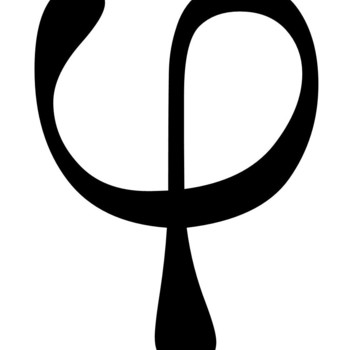Question #34823
1 Answer
Explanation:
In order to shift a graph upwards or downwards, we add or subtract the unit we want to shift it by.
To shift downwards, we subtract, and to shift upwards, we add.
For example, if we had a
In order to shift a graph to the left or the right, we add or subtract to our function (this won't seem clear now, read on.)
To shift to the left, we add, and to shift to the right, we subtract.
For example, if we had an
Using the above info, we can now say:
We have a
To prove above, we can graph both the functions:
graph{3^x [-18.02, 18.01, -9.01, 9.01]}
While
graph{3^(x+9)+8 [-20.27, 20.26, -10.14, 10.13]}

